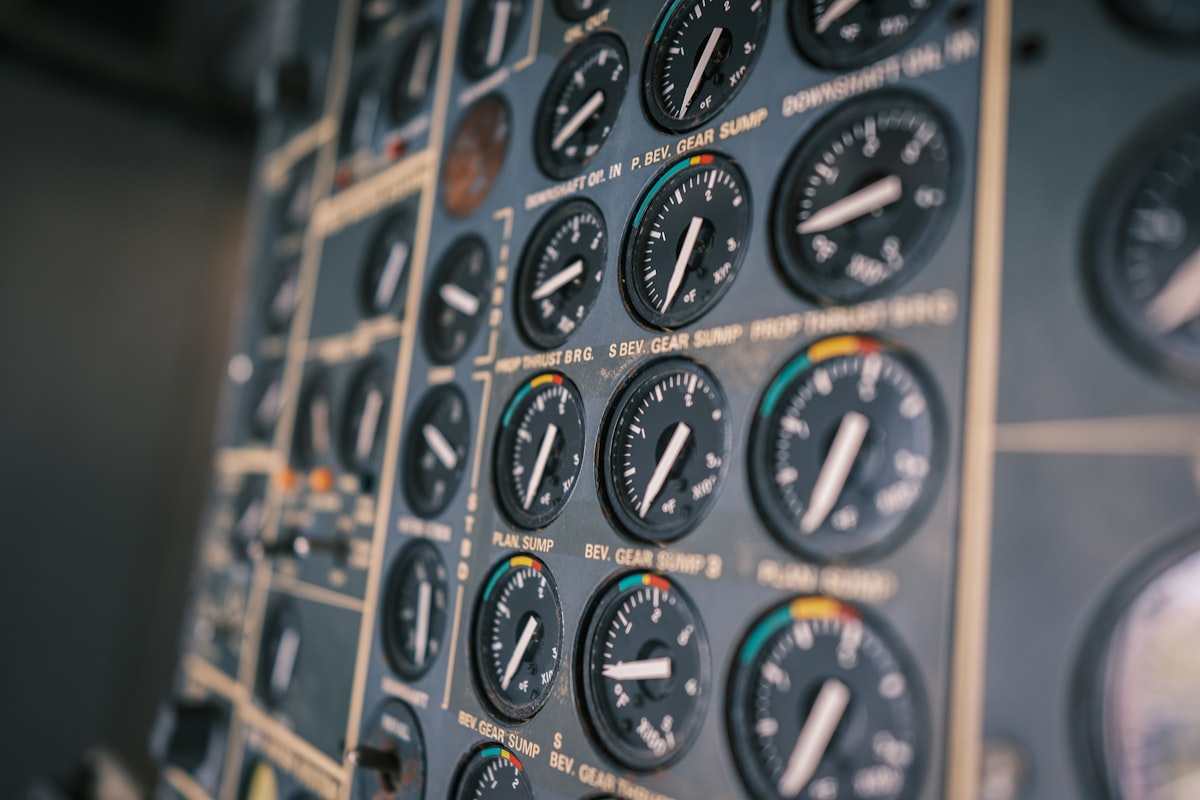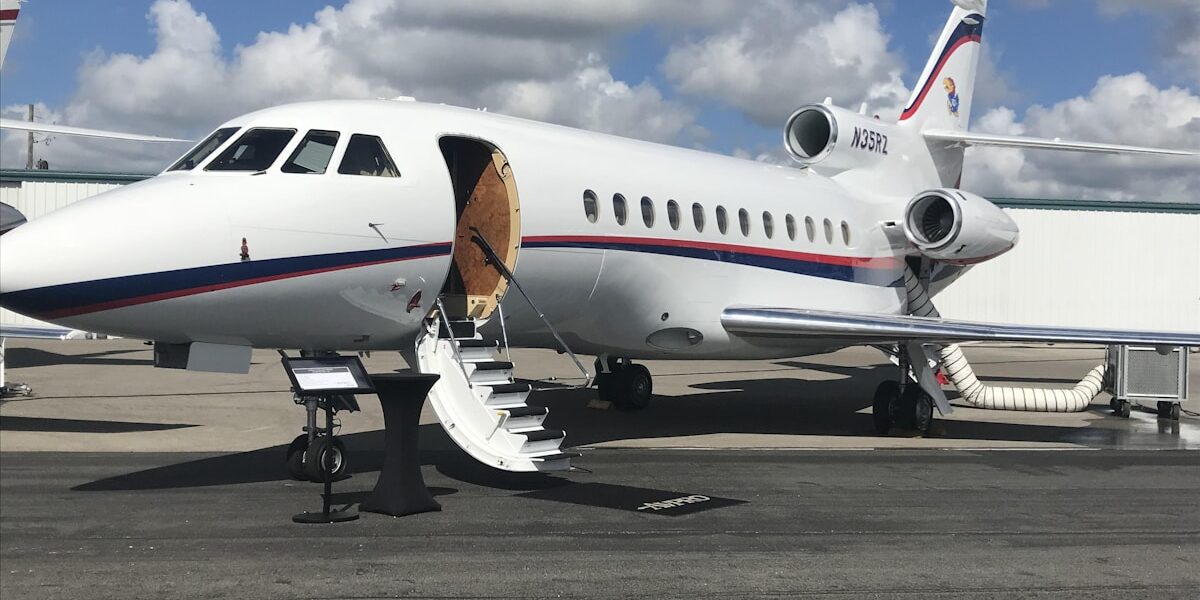Flight Tracking
Flight Tracking
Flight tracking combines technology and data to monitor the progress of airplanes during transit. It comes with significant benefits for pilots, air traffic controllers, and passengers. Understanding the nuts and bolts of this system can enhance your travel experience and keep you informed about this essential aspect of modern aviation.

How Flight Tracking Works
At the core of flight tracking is Automatic Dependent Surveillance-Broadcast (ADS-B) technology. Aircraft equipped with ADS-B transponders broadcast positional data every second using GPS signals. Ground stations receive these signals and relay the information to air traffic controllers and flight tracking websites. This real-time data includes altitude, speed, and precise location.
Another crucial technology is radar. Although older than ADS-B, radar remains vital for tracking aircraft, especially in regions where ADS-B coverage is limited. Primary radar detects aircraft by sending out radio waves, and secondary radar picks up transponder signals from aircraft. These combined inputs ensure comprehensive coverage.
Popular Flight Tracking Platforms
Several platforms provide real-time flight tracking information. Most of these services are accessible through web browsers and mobile apps. Notable mentions include:
- Flightradar24: This popular service aggregates ADS-B data, multi-lateration (MLAT) results, and radar data. It offers detailed information about flights, including historical data.
- FlightAware: Widely used in the aviation community, FlightAware provides tracking for commercial flights, private aviation, and general aviation. It integrates data from over 50 countries.
- RadarBox: Offering a global coverage map, RadarBox combines data from ADS-B receivers and radars. Its premium service provides additional features such as weather overlays and airport delays.
Benefits of Flight Tracking
Flight tracking offers various advantages to multiple stakeholders. For passengers, it provides peace of mind and transparency. Knowing the exact location of your flight or a loved one’s flight can ease anxieties, especially during delays or irregular operations.
Pilots and airlines benefit from enhanced situational awareness. Real-time data allows for improved decision-making regarding navigation, weather avoidance, and operational efficiency. Reduced fuel consumption and optimized routing are direct outcomes of such precision.
Air traffic controllers manage crowded airspace more effectively with accurate tracking information. Coordinating flights with minimal separation increases safety margins and maximizes airspace utilization. This efficiency also translates into fewer delays and better on-time performance.
Challenges and Limitations
Despite its advantages, flight tracking faces several challenges. Not all aircraft are equipped with ADS-B transponders. Smaller planes, military flights, and some international carriers might not broadcast their positions. This lack limits the comprehensiveness of tracking data in certain regions.
Geographical limitations also affect coverage. Oceanic airspace and remote areas often have inadequate ADS-B ground stations or radar installations. Satellite-based tracking is becoming viable but is still in the early stages of deployment and integration.
Ensuring Data Privacy and Security
Protecting the privacy of passengers and operators is crucial. Flight tracking systems need robust measures to prevent unauthorized access and misuse of the data. This includes encrypting the transmitted data and securing the systems against cyber threats.
Governments and regulatory bodies have established guidelines to balance transparency and privacy. Services may anonymize or obscure certain flights, especially those involving sensitive or private operations. Flight tracking platforms also implement user account controls to regulate access levels.
Applications Beyond Passenger Travel
Flight tracking has uses beyond commercial aviation. Humanitarian aid agencies track relief flights during disaster responses. Environmental researchers monitor animal migration patterns with tagged birds, using flight data to gather insights.
Aviation hobbyists and enthusiasts use flight tracking to follow specific aircraft, learn more about flight operations, and engage with the community. Historical data and playback features enable detailed analysis and enriched understanding.
The Future of Flight Tracking
The future holds promising advancements. Satellite-based ADS-B (Space-Based ADS-B) aims to cover remote and oceanic regions, providing near-global coverage. This technology will benefit airlines with more efficient transoceanic flights and better contingency planning.
Machine learning and artificial intelligence are set to enhance predictive capabilities. Analyzing vast amounts of data will help forecast potential delays, optimize routing dynamically, and improve overall safety metrics.
Additionally, integrating flight tracking with other data sources, such as weather information, can provide more comprehensive operational insights. This integration supports preventative measures against adverse conditions and enhances the overall passenger experience.




Subscribe for Updates
Get the latest articles delivered to your inbox.
We respect your privacy. Unsubscribe anytime.